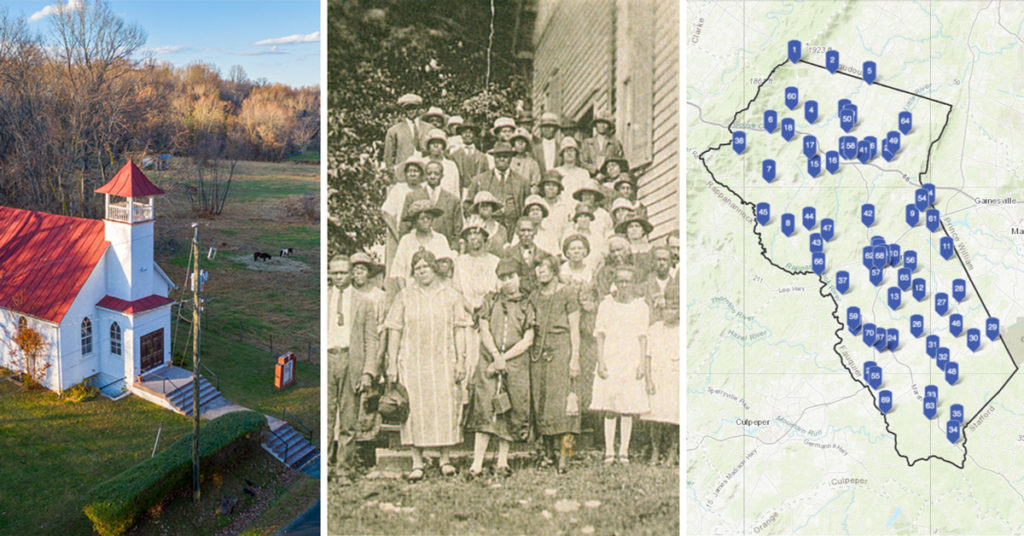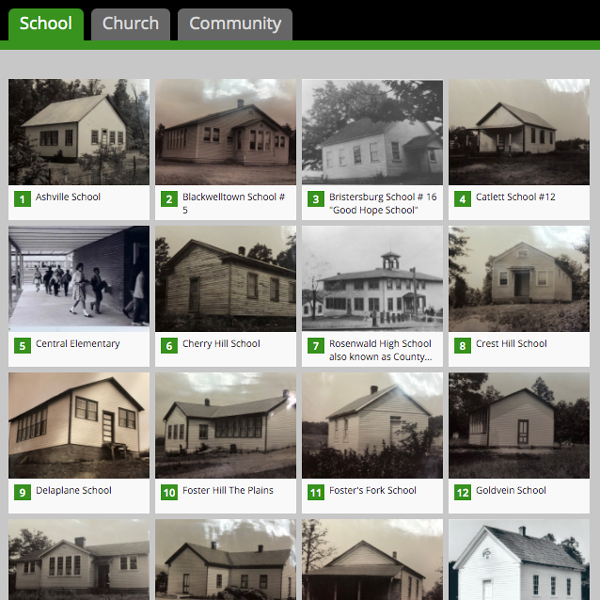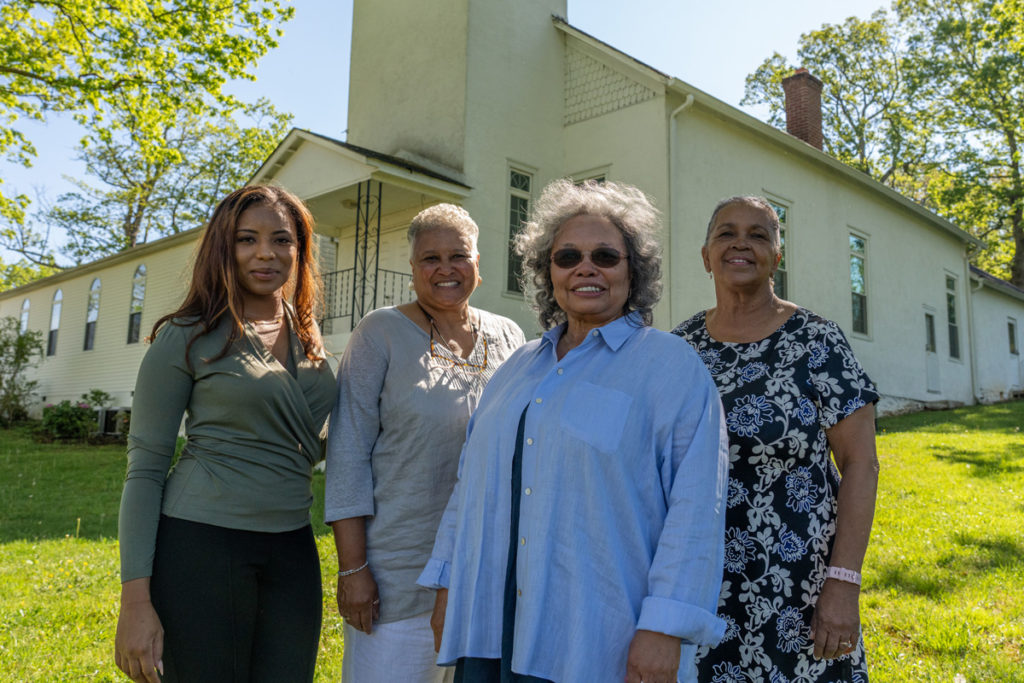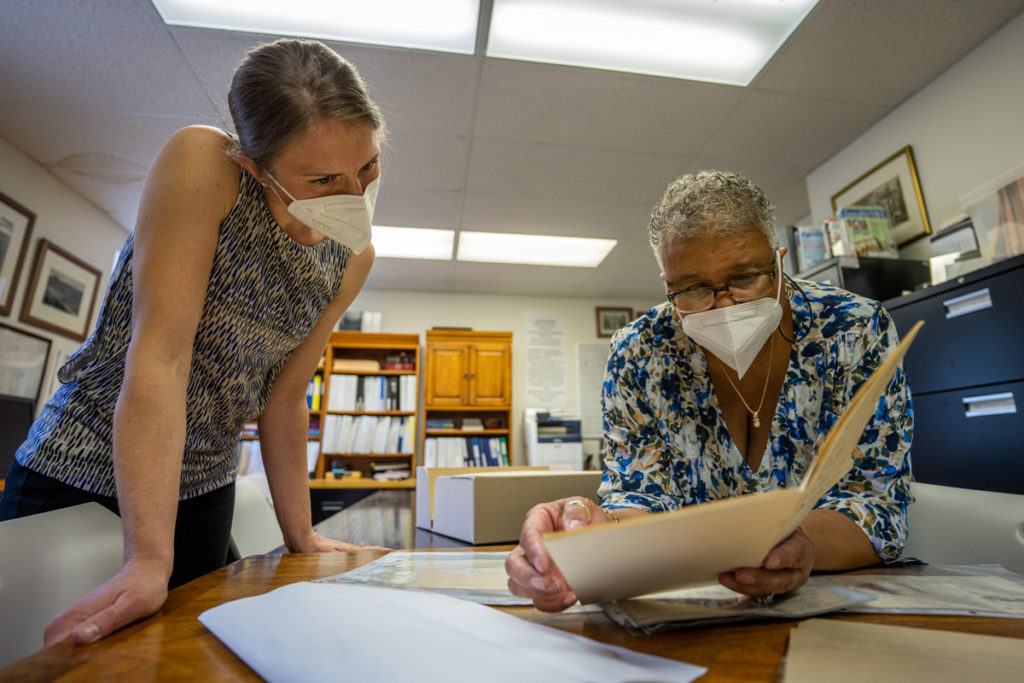
Press Release
Contact: Karen Hughes White, Director, Afro-American Historical Association of Fauquier County
Office: 540-253-7488; cell: 703-966-6898; karenwhite@aahafauquier.org
Cindy Sabato, Communications Adviser, The Piedmont Environmental Council
csabato@pecva.org; 540-347-2334, x7021
WARRENTON, VA (May 17, 2021) – The Afro-American Historical Association of Fauquier County and The Piedmont Environmental Council are pleased to announce the launch of a new, interactive, online story map documenting the African American experience in Fauquier County. Created with funding support by The PATH Foundation, the story map will give people, perhaps for the first time in history, digital access to information about the history and contributions of Fauquier’s African American communities, schools and churches established before and after the Civil War.
In 1860, about half of Fauquier County’s population was made up of free and enslaved African Americans. On the heels of the historical periods of slavery, Reconstruction, Jim Crow, the great migration, civil rights and integration, descendants of these residents now make up less than 10 percent of Fauquier’s population. Only remnants of their many communities are still present, yet their contributions to Fauquier County remain. This story map attempts to tell the history of the lives of these often overlooked and forgotten Americans.
The interactive story map, visible at www.aahafauquier.org/storymap, includes a map of Fauquier County with points locating African American schools, churches and communities. Visitors can click on each point to see a photo and read a short description. A “read more” cue takes visitors to an interactive webpage with additional history and photographs.
“For many years, I have envisioned a map of Fauquier County with various overlays pertaining to African American history. When Kristie [Kendall, PEC historic preservation coordinator] and I talked about it, I thought: yes! This would be one layer of African American heritage, and immediately my mind started racing about all the other stories and history that could be continuously compiled. A lot of Fauquier’s history is well documented, but the African-American presence is often invisible within textbooks and other areas,” said AAHA President Karen Hughes White.

Kendall said the project was a “massive undertaking” on the part of AAHA staff, who led the project and built upon decades of prior research identifying and documenting the history of African-Americans in the county. PEC provided drone photography, and with its story mapping experience, created the interactive web map embedded within the story map site, which is hosted through PEC’s ArcGIS Online subscription. AAHA Digital Programs Director Aysha Davis, Hughes White’s granddaughter, built out the story map with AAHA’s collected history, stories and imagery. Fauquier County Geographic Information Systems department provided tremendous geolocation assistance with specific latitude and longitude coordinates for many of the points on the map.
Dan Stell, of Fauquier County GIS department said, “AAHA’s desire to utilize geospatial technology to highlight such an important part of history is another demonstration of the limitless uses of GIS in today’s world. Story maps give their audience the ability to connect people, stories, and various forms of media to the places they occurred for a more relatable view of history. I know many generations to come will greatly benefit from AAHA’s commitment to preserving and highlighting our local history. Fauquier County was delighted to be a partner in their mission and we look forward to future opportunities using GIS for historic preservation,” he said.
AAHA envisions the story map becoming a resource for many. It will be good for scholars as they are studying local history. Educators will find it an important resource within the classroom. “It’s been so exciting to watch this project unfold. Many hours went into creating a tool that I cannot wait for our teachers and students to have at their fingertips. While we often feel history is something that happened long ago, and maybe even in a far off place, the efforts to bring this local history to our students in ways that make it accessible remind me that we are so fortunate to have community partners who are dedicated to preserving and telling our stories for a deeper understanding of the place we live,” said Amy Acors, an instructional supervisor of history at Fauquier Public Schools.
“It is important that children are able to connect to persons, places and things, and to have information that reminds them of who they are and gives them a sense of self-worth and humanity,” said Hughes White, who added that many in her own generation were often sheltered from the knowledge of their family’s lineage and difficult histories.
For AAHA Board Member Angela Davidson, the story map project has given her “a whole new sense of pride in families that came through Reconstruction to today.” She is one of four generations living on property purchased in the early 1870’s by her great-great grandfather, Brister Grigsby, in historic Morgantown. “Increasing development and rising property values are impacting our communities, Davidson said. “I think all of us, at my age and younger, are looking at how long these communities will remain intact. I’m afraid if we don’t get this history documented, it will be lost. I think if new owners know the history of what’s taken place on the property they’re buying, they will take pride in these historic communities in which they’re living.”

Over time, Davis and AAHA are hoping to add other African-American contributions, including cemeteries, buildings, businesses, baptism sites and landmarks pertaining to the underground railroad. And the group hopes other community members will recommend additions as they realize they have photographs or other artifacts that can be shared through the story map. “This will be something that will definitely live beyond us,” Hughes White said.
“PEC was honored to partner with AAHA in their effort to make more visible the breadth of African-American achievement through a story map that includes all of the known churches, schools and African-American communities across Fauquier County. The information contained in the story map is an important testament to African-American agency and determination to overcome obstacles and persevere in establishing strong, flourishing communities that remain to this day,” Kendall said.
“The partnership between AAHA and PEC will bring forth a wealth of knowledge regarding African-American communities and stories throughout Fauquier County,” said Christy Connolly, president and CEO of The PATH Foundation, which provided funding for the project. “We felt that this project was a great collaboration between two exceptional nonprofits leveraging each other’s strengths to achieve a richer, fuller understanding of our region’s history and culture. The story map is an exciting tool for anyone seeking to know more about our region’s past, present and future.”

#####
Founded in 1992, the Afro-American Historical Society of Fauquier County serves as an invaluable resource for those researching their own family history or the history of the region. Its 4,269-square-foot museum is home to thousands of artifacts and archives documenting the African American experience from slavery to freedom in Fauquier County and provides interactive experiences for school and community groups. AAHA is a 501(c)(3) nonprofit organization. Learn more at: www.aahafauquier.org/.
Since 1972, The Piedmont Environmental Council has proudly promoted and protected the natural resources, rural economy, history and beauty of the Virginia Piedmont. PEC empowers residents to protect what makes the Piedmont a wonderful place, and works with citizens to conserve land, improve air and water quality and build thriving communities. PEC is a 501(c)(3) nonprofit and accredited land trust. Learn more at www.pecva.org
